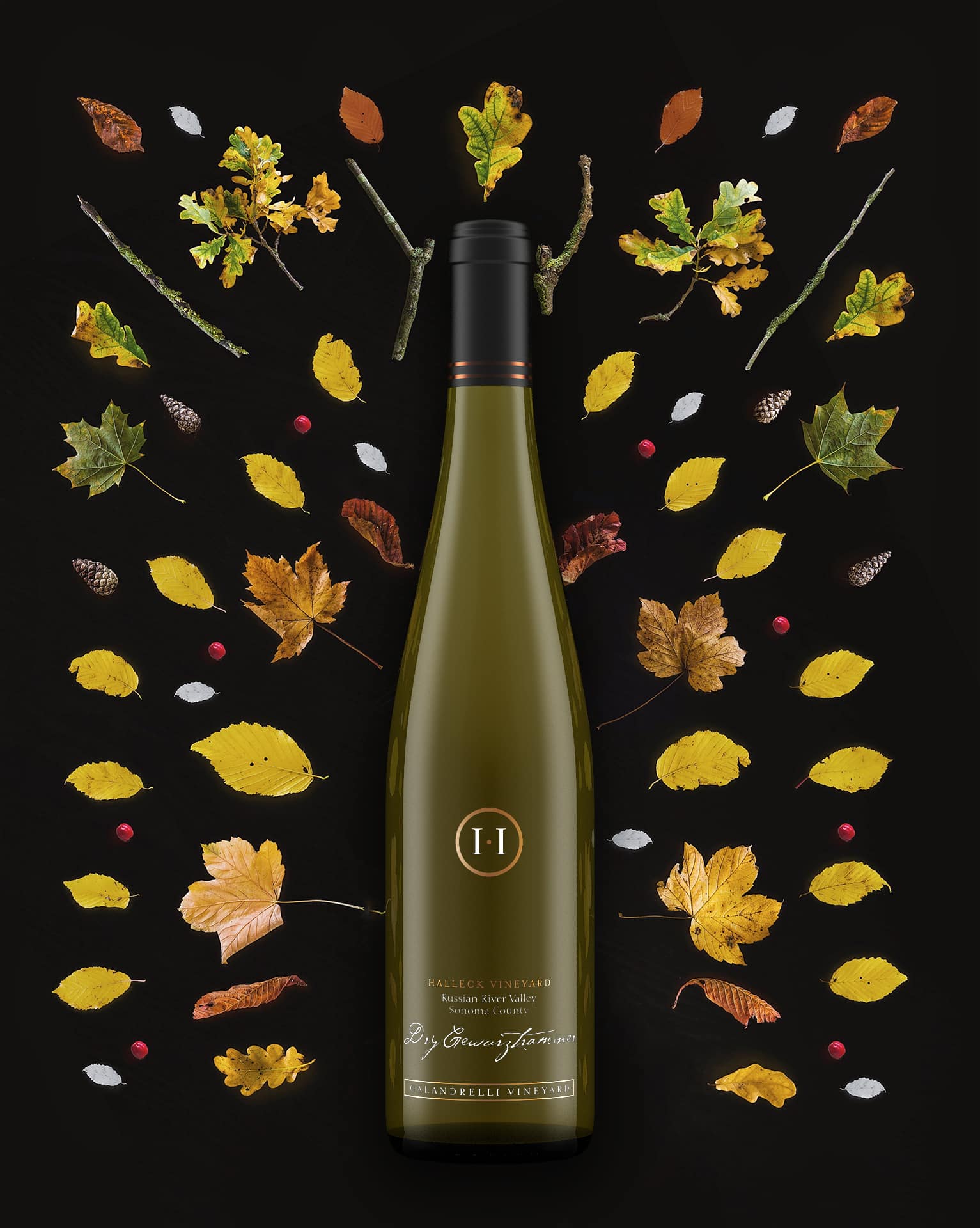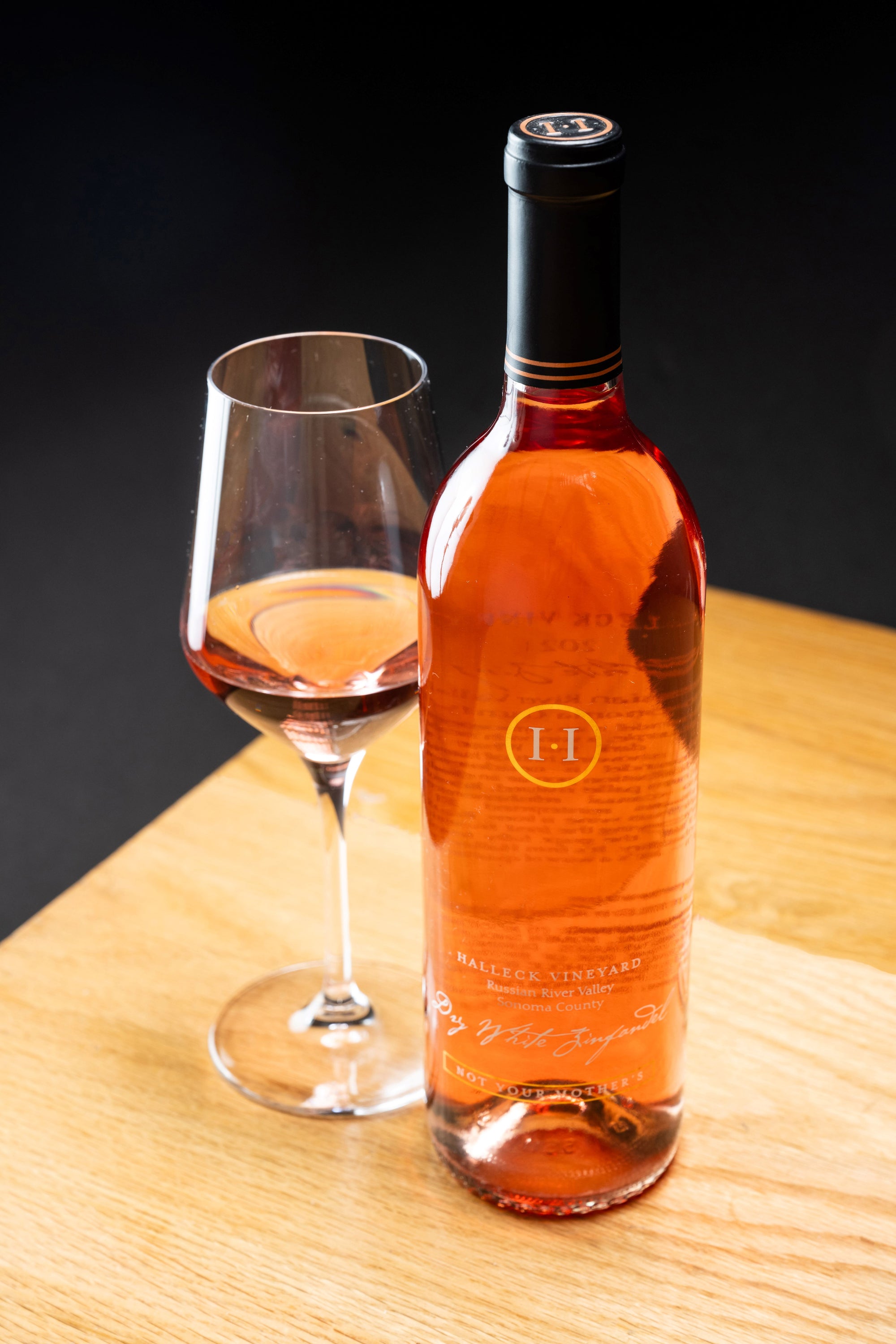Eco-Friendly Wineries In Sonoma County - Craft Wineries In Sonoma
Wineries Offering Educational Wine Seminars - Sonoma Wine Country Wineries To Explore
Wine tasting is an art that combines sensory experience with an appreciation for the nuances of different varietals. How to gauge flavors in winery wine tasting periods is pivotal to greedy the complexities of wine.
Participating in a wine tasting entails greater than merely sipping and savoring. It requires a targeted strategy to determine aromas and flavors that each wine presents. As you start, observe the wine's look, noting its shade and readability. These visual cues often suggest a wine’s age, grape variety, and even potential flavor profiles.
The subsequent step within the tasting process is to swirl the wine in your glass. This action releases aromatic compounds which might be important for analysis. Lean in and take a second to inhale deeply; the aromas can range from floral and fruity to spicy and earthy. The nostril of the wine is simply as essential as the palate, and recognizing scents plays a major position in understanding the overall experience.
When taking your first sip, allow the wine to maneuver throughout your palate - Wineries Producing Pinot Noir And Chardonnay. Discover the initial flavors that present themselves. Is the wine fruity, floral, or maybe herbaceous? This preliminary taste gives perception into what the wine is prone to specific as you proceed to judge it. The mouthfeel additionally contributes to the general flavor experience; it might be silky, tannic, and even effervescent.
Wineries With Locally Sourced Food Options - Sonoma County Wine Tasting Locations
As you proceed tasting, pay consideration to the wine’s steadiness. A well-balanced wine will harmonize acidity, sweetness, and tannins. If one part overwhelms the others, it might point out a much less fascinating high quality. Evaluating stability might help you identify how properly the wine might pair with food.
Transitioning to the finish, contemplate how the flavors evolve because the wine lingers on your palate. A long, pleasant end can point out a high-quality wine, whereas a short or abrupt finish might suggest in any other case. Mirror on whether or not the flavors stay consistent or if new notes emerge as the wine settles. This progression can reveal complexities and intricacies that may not have been obvious within the initial tasting.
Temperature can also be a crucial factor in evaluating wine flavors. Completely Different forms of wine are optimally enjoyed at particular temperatures. White wines typically shine when chilled, while red wines typically carry out finest at room temperature. When tasting, ensure the wine is at the appropriate temperature to completely recognize its character.
Upcoming Wine Festivals In Sonoma County - Celebrated Wineries Around Sebastopol
Pairing food with wine can tremendously improve the tasting experience. Meals can affect the notion of flavors in wine, both highlighting sure traits or diminishing them. When evaluating flavors, contemplate how the wine interacts with different meals, noticing which flavors are amplified or muted (Popular Wineries With Outdoor Seating In Sonoma).
Consider the affect of terroir as you engage in a winery tasting. Terroir encompasses the distinctive environmental components that affect grape growing, including soil composition, local weather, and geography. Understanding a wine's terroir can present insight into its flavors and aromas, fostering a deeper appreciation for the alternatives made during its cultivation and production.
Education performs a fundamental role in enhancing one's capacity to gauge wine flavors. Studying about grape varieties, wine regions, and production strategies can pave the way for more knowledgeable judgments during tastings. Additionally, attending workshops or classes can refine sensory skills and increase your flavor vocabulary, enabling you to articulate tasting notes extra effectively.

Finally, it is essential to remember that evaluating wine flavors is a highly personal experience. Individual preferences and perceptions will invariably form one’s tasting journey. Enjoyment must be at the forefront, with the analysis process performing as a tool to enhance understanding and appreciation rather than create rigid guidelines.
Eco-Friendly Wineries In Sonoma County - Exploring The Vineyards In Sonoma County
In conclusion, mastering the way to consider flavors in winery wine tasting classes involves a mixture of sensory engagement, information, and practice. By studying to establish aromas, assess the balance, and appreciate the intricacies of flavor, wine enthusiasts can deepen their connection to each bottle they encounter. As with any art type, the extra one immerses themselves within the experience, the extra they will discover and enjoy the huge world of wine.
- Start by observing the wine's color and clarity, as these visible parts can trace at its flavor profile and growing older potential.
- Swirl the wine gently in your glass; this releases aromatic compounds, permitting you to higher establish the advanced scents related to the wine.
- Take a deep inhale earlier than tasting, focusing on both primary and secondary aromas to gather insights on fruits, spices, and different nuances.
- When tasting, allow the wine to coat your palate; note the preliminary flavors, the mid-palate complexity, and the finish as these levels can provide totally different flavor highlights.
- Pay consideration to texture and mouthfeel, as elements similar to tannin ranges, acidity, and sweetness contribute considerably to the general tasting experience.
- Evaluate flavors in opposition to commonplace wine traits; for purple wines, think about berry notes, oak influence, and herbal tones, while whites may include citrus, stone fruits, and floral hints.
- Take notes during the tasting session to trace your impressions, serving to you to recollect and consider the totally different wines sampled.
- Talk About your findings with fellow tasters or winery employees, as sharing insights can enhance understanding and appreciation of individual flavors.
- Allow time for the wine to breathe; generally, flavors evolve and reveal new dimensions after being uncovered to air.
- Experiment with food pairings through the tasting as they will dramatically alter how flavors are perceived, influencing general enjoyment.undefinedWhat should I search for when evaluating the aroma of wine throughout a tasting?
Begin by swirling the wine in your glass to release its aromas. Bring the glass to your nose and take a deep breath. Pay consideration to the primary scents you detect, as these are often the most distinguished. Look for fruit, floral, natural, or earthy notes and try to identify particular characteristics, which can deepen your understanding of the wine's complexity.
Best Wineries For Sunset Views In Sebastopol - Exploring The Vineyards In Sonoma County

How can I distinguish between completely different flavor profiles in wine?
Understand that flavor profiles are sometimes categorized as fruit, floral, herbaceous, spicy, or mineral. Take small sips and permit the wine to coat your palate. Discover the first flavors that emerge first and the refined notes that follow. This layering is essential in distinguishing the wine's traits and can help you appreciate its distinctive profile.
Wineries In Dry Creek Valley - Wine Tasting In Sonoma County
What is the significance of the wine's texture in a tasting?

The texture of the wine, also referred to as visit this site mouthfeel, performs a crucial function in how we perceive flavors. Pay consideration to whether the wine feels clean, creamy, or gritty. The body of the wine (light, medium, or full) can improve or distinction with flavors, offering a more rounded experience throughout tasting.
How do I assess the balance of flavors in wine?
Stability in wine refers to the concord between acidity, sweetness, tannin, and alcohol. Take a second to assess whether or not these elements complement or intervene with each other. A well-balanced wine will have none of its components overpowering the others, creating a nice tasting experience.
Upcoming Wine Festivals In Sonoma County - Discovering Sebastopol's Wineries
What role does temperature play in evaluating wine flavors?
Temperature can considerably impression the perception of flavors. Usually, pink wines are best served slightly under room temperature, whereas white wines benefit from being chilled. As the temperature modifications, the aromas and flavors can shift, permitting you to perceive completely different characteristics. It’s essential to taste wine at its optimal temperature for true evaluation.
Elegant Wine Tasting Locations In Sonoma - Wineries To Explore In Sonoma Valley
How can I improve my tasting skills over time?
Practice is key to bettering your tasting skills. Wineries With Sustainable Practices. Attend tastings, keep a journal of your experiences, and discover different types of wines to broaden your palate. Additionally, studying about wine production and grape varieties can present context that enhances your analysis process, making you a extra knowledgeable taster.
Is there a specific order during which I should taste the wines?
Wineries Near Santa Rosa - Finding Good Wineries For Wine Tasting
Yes, it’s advisable to taste wines from light to full-bodied and dry to candy. This progression prevents the stronger flavors from overshadowing the more delicate ones, permitting you to totally appreciate every wine's characteristics and nuances with out palate fatigue.
How can I consider the aftertaste of wine?
Wineries Offering Off The Beaten Path Experiences - Scenic Wineries Of Sebastopol
The aftertaste, or finish, is an important aspect of the wine-tasting discover this experience. After swallowing, take note of how long the flavors linger on your palate and whether they change. A lengthy, nice end is commonly an indicator of a high-quality wine, whereas a brief or unpleasant finish may suggest otherwise.
Why is it necessary to notice the wine’s acidity throughout tasting?
Acidity contributes to the general freshness and structure of the wine. Pay attention to the tingling sensation on your tongue; larger acidity can improve the wine's liveliness and stability out sweetness. Noting acidity helps determine the wine's versatility with food and its growing older potential.
What should I do if I struggle to determine particular flavors in wine?
Wine Tasting Trails In Sonoma Valley - Sonoma Wine Region Vineyards
Struggling to identify flavors is frequent, particularly for beginners. Focus on broader classes and describe what you can recognize, similar to candy or earthy notes. With practice, studying about different flavor profiles, and perhaps utilizing flavor wheels, you'll refine your senses and develop a extra nuanced approach to tasting.